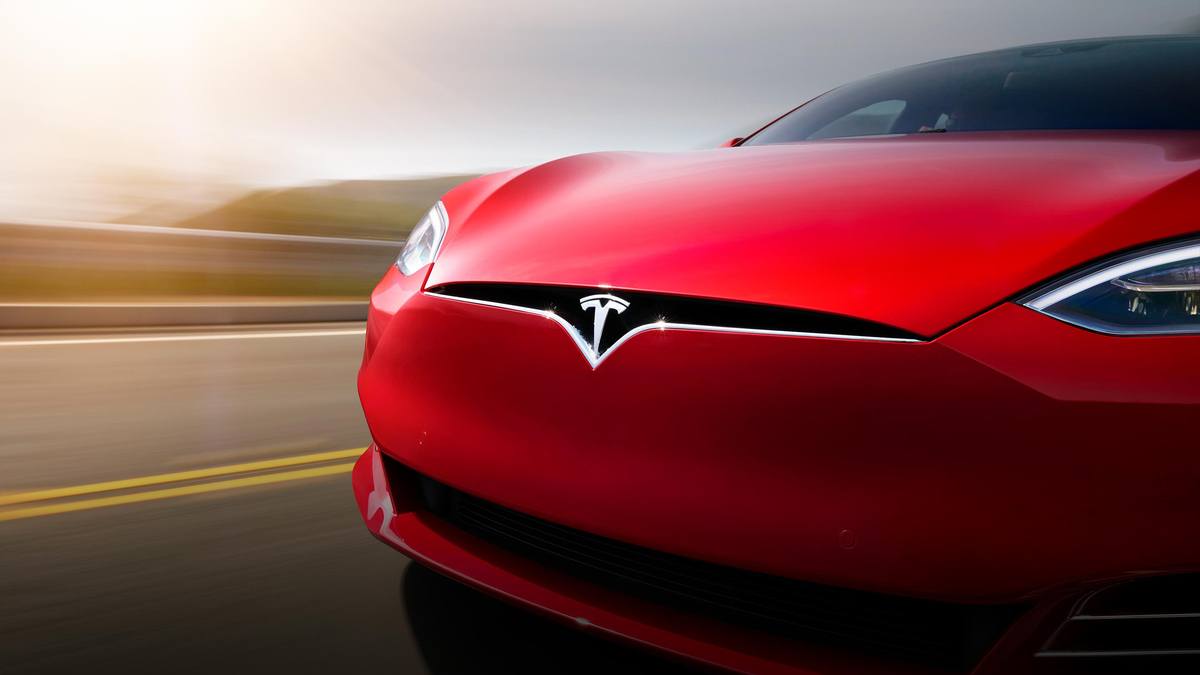Tesla has released a new Full Self-Driving (FSD) Beta software that includes significant updates.
Tesla has released a new update to its FSD Beta, version 10.12, making its release notes public. The update lists many new features coming to the FSD, including several for renewable energy cars.
A Twitter user, Whole Mars Catalog (@WholeMarsBlog), released images of the Tesla FSD Beta 10.12 release notes, which show an extensive list of all upcoming features for Tesla drivers. The tweet was confirmed and acknowledged by Elon Musk himself.
Musk said this update is a ‘big one’ and is considered a ‘two steps forward, one step back; type of program.
Tesla has approximately 100,000 owners in the Full-Self Driving program and adding more.
The release notes include several improvements, consisting of the system’s decision-making structure, more accurate lane geometry, and improved occlusion detection, among other things.
Here are the FSD BETA v10.12 Release Notes:
- Upgraded decision-making framework for unprotected left turns with better modeling of objects’ response to ego’s actions by adding more features that shape the go/no-go decision. This increases robustness to noisy measurements while being more sticky to decisions within a safety margin. The framework also leverages median safe regions when necessary to maneuver across large turns and accelerating harder through maneuvers when required to safely exit the intersection.
- Improved creeping for visibility using more accurate lane geometry and higher resolution occlusion detection.
- Reduced instances of attempting uncomfortable turns through better integration with object future predictions during lane selection.
- Upgraded planner to rely less on lanes to enable maneuvering smoothly out of restricted space.
- Increased safety of turns crossing traffic by improving the architecture of the lanes neural network which greatly boosted recall and geometric accuracy of crossing lanes.
- Improved the recall and geometric accuracy of all lane productions by adding 180,000 video clips to the training set.
- Reduced traffic control related false slowdowns through better integration with lane structure and improved behavior with respect to yellow lights.
- Improved the geometric accuracy of road edge and line predictions by adding a mixing/coupling layer with the generalized static obstacle network.
- Improved geometric accuracy and understanding of visibility by retraining the generalized static obstacle network with improved data from the auto labeler and by adding 30,000 more video clips.
- Improved recall of motorcycles, reduced velocity error of close-by pedestrian and bicyclists, and reduced heading error of pedestrians by adding new sim and auto-labeled data to the training set.
- Improved precision of the “is parked” attribute on vehicles by adding 41,000 clips to the training set. Solved 48% of failure cases captured by our telemetry of 10.11.
- Improved detection recall of faraway crossing objects by regenerating the dataset with improved versions of the neural networks used in the auto labeler, which increased data quality.
- Improved offsetting behavior when maneuvering around cars with open doors.
- Improved angular velocity and lane-centric velocity for non-VRU objects by upgrading it into network predicted tasks.
- Improved comfort when lane changing behind vehicles with harsh deceleration by tighter integration between lead vehicles future motion estimate and planned lane change profile.
- Increased reliance on network-predicted acceleration for all moving objects, previously only longitudinally relevant objects.
- Updated nearby vehicle assets with visualization indicating when a vehicle has a door open.
- Improved system frame rate +1.8 frames per second by removing three legacy neural networks.
Currently, the BETA v10.12 is not yet fully released. It is only available for Tesla employees and will initially appear to selected users before widespread availability. Accordingly, this update is by far the most extensive one.

